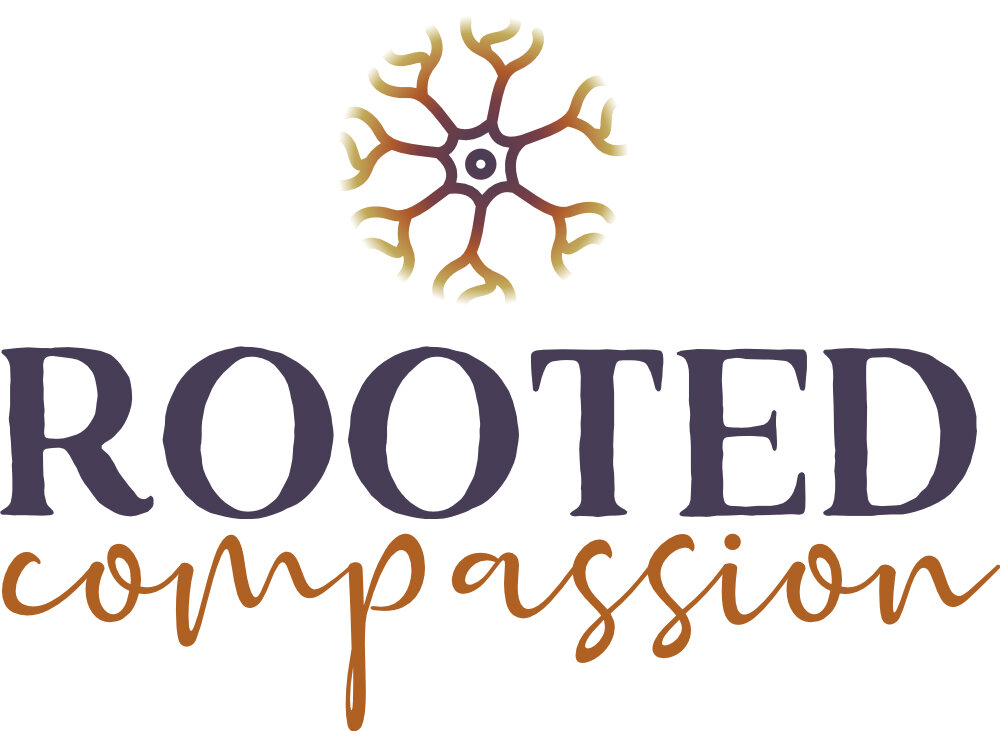
Blog

The Power of the Pause: Mental Health Therapist Gives Five Benefits of Taking a Break
Pause. A temporary stopping or slowing down, in order to rest, reflect, regroup. This world has been and continues to be a “heavy” place, and just as a marathon runner must pace themselves for the longevity of finishing their race, we also need to pace ourselves to sustain our energy over the lifetime. Pausing regularly can help prevent burnout and compassion fatigue.

Simplifying the Polyvagal Theory, Part 2: Monitoring, Identifying and Regulating your Emotional States Will Lead to Better Mental Health
We move through these states all day every day to differing extents. I might wake and feel socially connected to my family by sharing breakfast or my dog throwing the ball for him. When I start work, I may fall into some level of flee or fight, maybe some anxiety when I see a long list of emails I need to tend to. And if one of those emails has bad news, I might sink into a shutdown. What if, following that, a team member comes into the office and we are able to talk and connect? That would likely ease the shutdown effect and help me move back into feeling connected and emotionally safe.

Therapy Can Be More than Talking: Learn How Applied Polyvagal Theory in Therapeutic Yoga Works and How It Can Benefit You
Simply put, Applied Polyvagal Theory in Therapeautic Yoga is the integration of Polyvagal Theory with the mindfulness, breathwork, postures, and movements associated with yoga.
Through this approach, we are encouraged to integrate the understanding of our nervous system states with sensory awareness. This is done through interoception, exteroception, and proprioception. We are then able to learn how to recognize and respond effectively to various nervous system states, which improves our ability to tolerate distress.

Embracing Suffering by Attending to the Nervous System
Instead of doubting, suppressing, or fighting what we feel, we’re able to choose to attend to our uncomfortable nervous system response--maybe with a calming breath, a shift to a more supportive body position, or by simply placing a hand over our heart.

Four Lessons Learned While Working for a Mental Health Counseling Practice
I do not have a background in mental health.
I don’t have a degree or am educated in the subject whatsoever, however I have been working for a mental health counseling practice for about a year now and want to share some things I have learned. Let me reiterate one last time, that I am no expert, but wanted to share my own personal experience–I have learned so much about the Polyvagal Theory, the vagus nerve, and my nervous system and how it all affects my mental health.

Simplifying the Polyvagal Theory, Part 1: How Being in Touch with Your Nervous System Changes Everything
Someone asked me to write one blog to simplify the Polyvagal Theory. It’s not that easy. This is the first in a series of blogs to explain the Polyvagal Theory, how it affects your nervous system and ultimately your mental health. I share this information through story and weave in the principles of the theory.

Three Simple Steps to Care for Your Vagus Nerve and Nervous System and How Safe and Sound Protocol Can Enhance that Care
It seems society has normalized stress as an unavoidable way of life that we just must deal with. Along with this increased stress there has been a decrease in face-to-face social interaction. According to a 2021 Forbes article, Americans spend 1,300 hours per year on social media which equals a little over 3.5 hours per day. Some people feel that engaging in social media helps to lower (or avoid) the effects of stressful situations. Well, if I can’t use social media to destress, what can I use?

How the Safe and Sound Protocol Breaks Down Your Walls and Leads to More Effective Mental Health Counseling
“Garbage in, garbage out.”
We all know this saying–we have either used it ourselves or have heard others use it. Not only is this saying used in daily life, it is often used in sciences, including neuroscience.
The more time, positivity and effective methods we use to build the foundation of our mental health, the better we will feel and the more connected we will be with others.

The Reality of Mental Health Counseling and Defining the Role of Therapist
I invite you to consider your first exposure to therapy. Was it meeting with a therapist? Seeing a therapist on TV or in a movie? Hearing about it from a friend?
There is a pretty good chance our first impressions of therapy were at least slightly inaccurate (guilty!). Therapy extends beyond common misconceptions that you must be mentally ill, a “difficult” child, or “weak” to receive services.
I’m here to say that choosing to go to therapy might be one of the hardest, and most gratifying, decisions you could ever make.

How our Safe and Sound Protocol Program Coordinator Found her Home Here at Rooted Compassion Counseling: Her Passion for Helping Others Plus a Bit of Serendipity
Do you remember the Geico commercial where the Gecko explains how he came up with the “whole 15-minute thing” then calls it Serendipity? Watching this commercial is the first time I felt I could relate to a lizard. Serendipity is an aptitude for making desirable discoveries by accident. I feel this describes my journey from learning about the Polyvagal Theory and the Safe and Sound Protocol to now moving into my current position.
